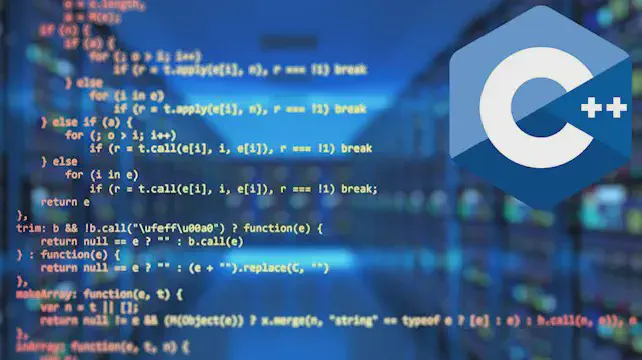Excerpt§
Hash values generated by cryptographic hashing seem irreversible. However, valid needs occasionally arise to decrypt hashes, like for password recovery. This article explains the steps, tools and techniques used to attempt decrypting hash values.
Hash values are encrypted representations of data that seem infeasible to reverse engineer. However, techniques do exist to attempt decrypting hashes, especially for password recovery. In this post, we’ll look at the general process involved in decrypting hashes, the tools used, challenges faced, and the importance of utilizing secure hashing algorithms.
Introduction§
Hashing algorithms are one-way functions that convert arbitrary data like passwords into encrypted hash values. Hashes protect confidential data by scrambling it into an irreversible fixed-length string. But occasionally, valid needs arise to try and recover the original plaintext behind a hash, such as when passwords are lost. This requires decrypting the hash through brute force or by comparing against hashed dictionaries.
Understanding the Encryption Process§
Hashing works as follows:
- A hashing algorithm like MD5, SHA-1 is used.
- Input data like passwords are fed into the algorithm.
- It undergoes multiple rounds of mathematical operations.
- A final fixed-length hash value is calculated.
- This hash represents the encrypted version of the input.
Hashing is a one-way process that cannot be reversed using conventional cryptanalysis. This provides security but makes decryption difficult.
The Need for Decrypting a Hash Value§
Some scenarios where decrypting a hash is needed:
- Recovering lost or forgotten passwords.
- Forensics analysis of compromised data.
- Penetration testing and security auditing.
- Reversing malware payloads.
When valid requirements arise, hash decryption can be attempted through various means.
Steps to Decrypt a Hash Value§
Here is an overview of the technical process:
Identify the hashing algorithm - This can be done by analyzing the hash format and length.
Generate possible plaintext inputs - Use wordlists, dictionaries, brute force, or context clues.
Hash the possible inputs - Hash all possible values using the identified algorithm.
Compare hash values - Match the decrypted hash against the original hash.
Verify correctness - Test the decrypted plaintext to confirm accuracy.
This provides a simplified outline of the approach and steps involved. Next, we look at tools and techniques that build on these principles.
Tools and Techniques for Decrypting Hash Values§
Some options for attempting to decrypt hashes include:
Online hash decryption tools - Offer easy web-based hash reversal for common algorithms.
Rainbow tables - Large precomputed tables with plaintext-hash pairs for lookup.
Brute force attacks - Iteratively hashing all possible character combinations.
Dictionary attacks - Hashing likely words and passwords from dictionaries or wordlists.
GPU-accelerated cracking - Leveraging powerful GPUs to speed up computation.
Specialized software - Products focused on decrypting hashes for forensic analysis.
Each approach has pros and cons depending on the use case.
Limitations and Challenges in Decrypting Hash Values§
There are significant challenges to decrypting hashes:
More advanced algorithms like SHA-256 are extremely difficult to crack.
Rainbow tables require large storage and preprocessing.
Brute force and dictionary attacks are resource intensive.
Adding salt to hashes amplifies the complexity multi-fold.
Older hashes may use deprecated algorithms with limited support.
Success is not guaranteed, and complex hashing can make decryption infeasible depending on the time and resources available.
Conclusion§
In summary, specialized tools and techniques exist for attempting to decrypt hash values by reverse engineering them. But robustly designed cryptographic hash functions are still extremely difficult to crack given their one-way nature. For optimal security, systems should utilize salted hashing with state-of-the-art algorithms like Argon2, scrypt or bcrypt. With proper password hygiene and crypto standards, decrypting hashes can be rendered infeasible for all practical purposes.















